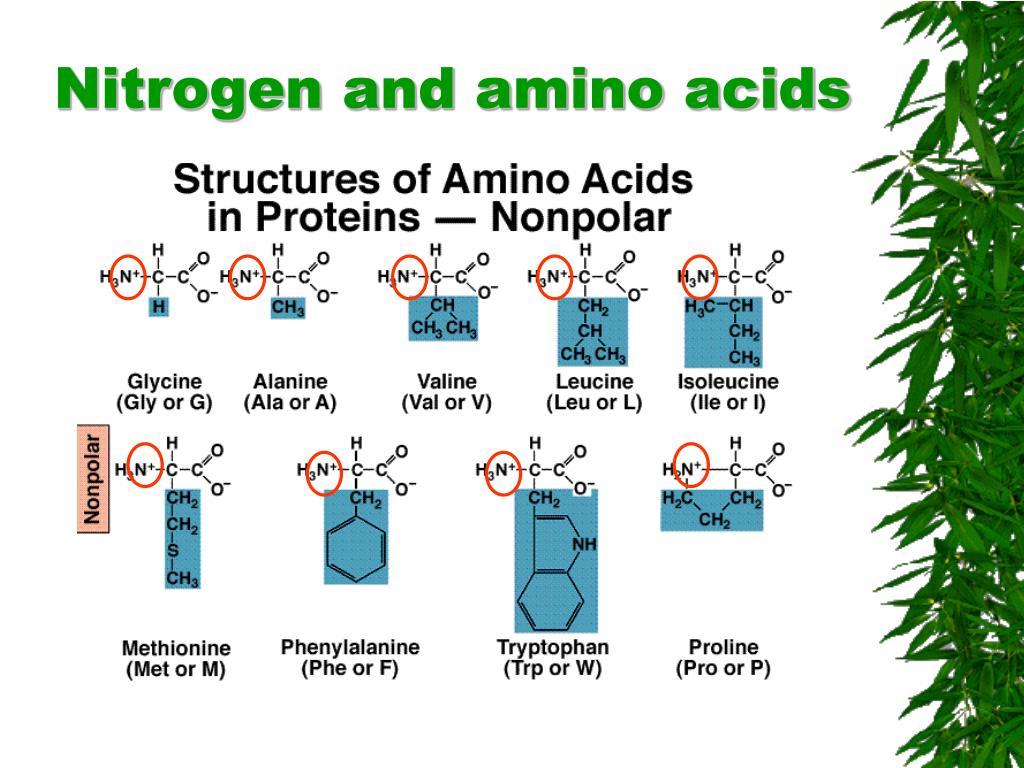Many drivers wonder if they can replace nitrogen with regular air in their tires. While looking for a way to keep tires inflated longer, especially in changing temperatures, some consider inflating them with nitrogen instead of air, or using a combination of the two. This guide can help you decide whether to fill your tires with nitrogen, air, or both.
In general, adding nitrogen to your tires is a typical up-sell tactic at tire shops. There are some benefits in motorsport, and it sounds good in theory, but for the typical car owner, sticking with normal air is perfectly fine. As long as you keep your tire pressures at the correct spec, you're good to go.
Nitrogen tires are filled with nitrogen instead of, or in addition to, regular air. The larger, slower-moving nitrogen molecules seep out of the tire more slowly, and some experts say this can help keep tires inflated longer. Using a combination of nitrogen and air in your tires won't harm them, but it might reduce the effectiveness of the nitrogen fill and cause your tires to deflate more quickly than if you used pure nitrogen. An accurate pressure gauge can help you maintain proper tire pressure, whether using nitrogen or air.
Filling your tires with nitrogen might provide benefits in these areas:
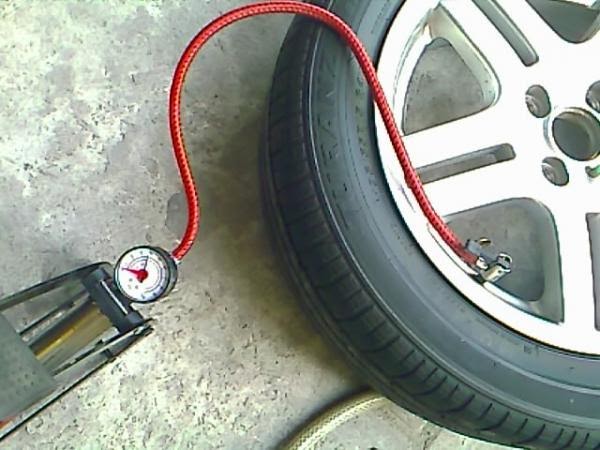
Any tire can be filled with nitrogen instead of air. Here are some considerations when using nitrogen in some common tire types:
Summer TiresStandard summer tires perform well in dry and wet conditions. They often perform best in summer weather or weather that is generally warm and dry. Using nitrogen in your summer tires might help you keep a consistent tire pressure when the temperature changes drastically, such as a cool summer night followed by a very hot day.
Snow TiresSnow tires, or winter tires, use special rubber and tread and sometimes even metal studs to handle wintry conditions such as snow and ice. Nitrogen's extreme weather benefits may be useful in cold conditions, and you might find that you lose less tire pressure during weather fluctuations than if you were to use nitrogen-free air.
All-Season Tires
All-season tires are a safe bet in areas with relatively moderate conditions, including temperate winters.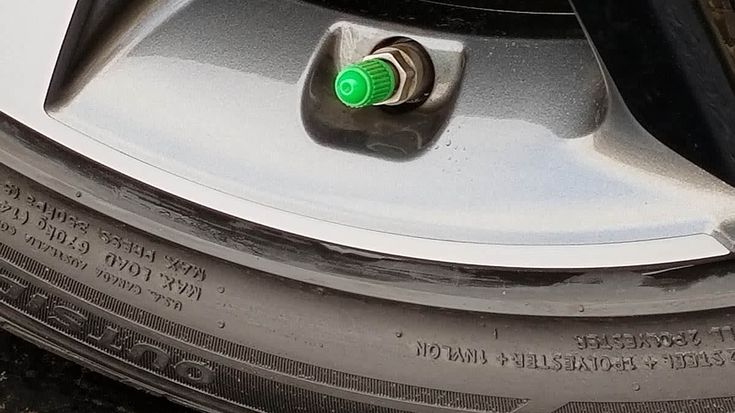 They offer modest traction and don't need to be replaced seasonally. Filling your all-season tires with nitrogen might help you retain tire pressure through seasonal temperature shifts, especially when the seasons change.
They offer modest traction and don't need to be replaced seasonally. Filling your all-season tires with nitrogen might help you retain tire pressure through seasonal temperature shifts, especially when the seasons change.
Performance tires are often used for high-speed or luxury vehicles. They are often a low-profile, wide tire with shallow treads and increased traction in some conditions. Nitrogen offers the same benefits in performance tires as it does in other tire types, including less frequent top-offs.
Off-Road TiresOff-road tires are used for vehicles that can handle rough conditions such as rocks, mud, and deep snow. They are usually durable with deep tread. Using nitrogen in your off-road tires might help you control your tire pressure specifically for the conditions you expect out on the terrain.
Things to Think About when Considering Nitrogen for Your TiresWhen you are deciding whether to use nitrogen in your tires, keep these factors in mind:
 Most locations charge to fill your tires with nitrogen. You might also purchase tires that come pre-filled with nitrogen. Research nitrogen tire fill costs in your area and consider the expense before purchasing your tires. Remember that you might not have to refill your tires as often when you use nitrogen compared to air.
Most locations charge to fill your tires with nitrogen. You might also purchase tires that come pre-filled with nitrogen. Research nitrogen tire fill costs in your area and consider the expense before purchasing your tires. Remember that you might not have to refill your tires as often when you use nitrogen compared to air.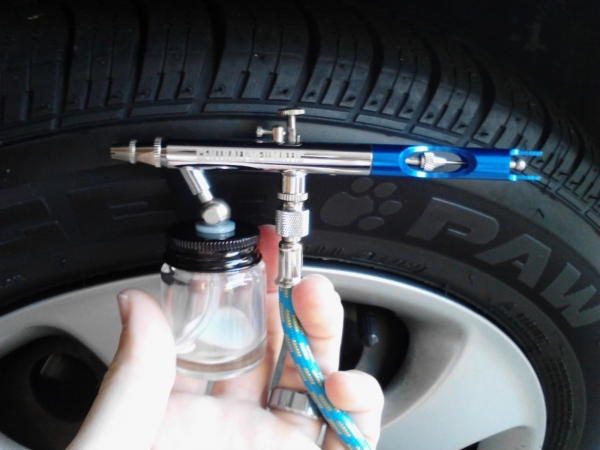 Ease of access might impact your decision to fill your tires with nitrogen, especially if you prefer to avoid mixing nitrogen and air to preserve the full benefits of nitrogen tires. If you plan to travel, you might consider researching nitrogen dealers in locations you plan to visit, particularly if you need to fill your tires while you are away.
Ease of access might impact your decision to fill your tires with nitrogen, especially if you prefer to avoid mixing nitrogen and air to preserve the full benefits of nitrogen tires. If you plan to travel, you might consider researching nitrogen dealers in locations you plan to visit, particularly if you need to fill your tires while you are away.Your local tire dealer can help you fill your tires with nitrogen for the first time. They will usually remove the regular air from your tires and then refill them with nitrogen multiple times. This helps eliminate any remaining oxygen and moisture inside.
To top off or refill your tires with nitrogen, visit a dealer or tire shop near you. Some retailers may only fill tires that were purchased from them and others might require a membership.
If you find that you are in a situation that calls for a top-off or reinflation and you are away from a nitrogen dealer, use whichever source of air you can find.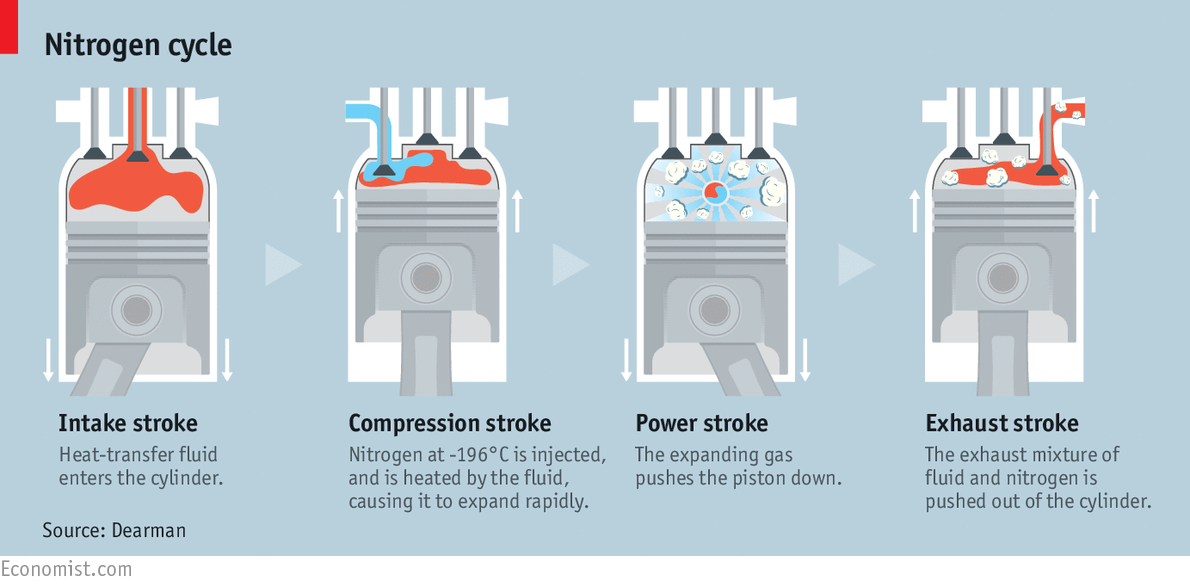 Maintaining proper tire pressure is more important than the composition of the air in the tire. Properly inflated tires handle better, may get better gas mileage, wear more evenly, and can help keep you safer on the road. You can always return to a dealer for a full nitrogen fill when you get to another area.
Maintaining proper tire pressure is more important than the composition of the air in the tire. Properly inflated tires handle better, may get better gas mileage, wear more evenly, and can help keep you safer on the road. You can always return to a dealer for a full nitrogen fill when you get to another area.
Make sure to verify the correct tire size for your vehicle.
Hearst Autos Gear Team The Hearst Autos Gear Team is dedicated to bringing you the very best in automotive tools, parts, and accessories, based on the expertise of the editors of Car and Driver, Road & Track, and Autoweek.
Do you want high-performance tires like those in race cars? Your tires probably won’t achieve the track-like performance with your car, but there is an option.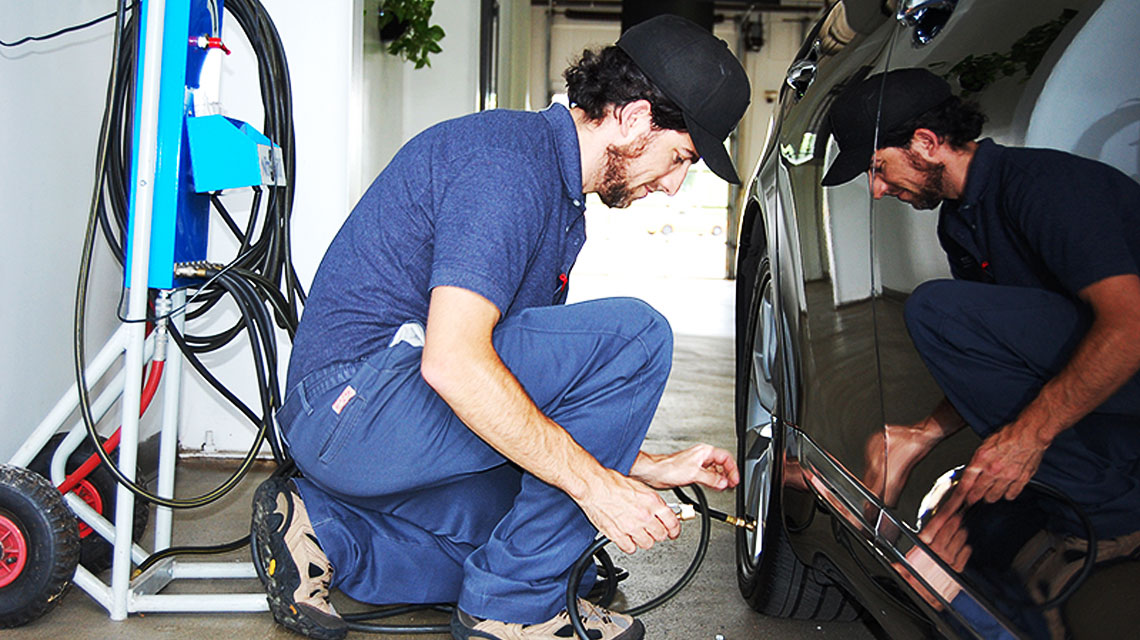 Fill them with nitrogen instead of normal air.
Fill them with nitrogen instead of normal air.
Can you fill your tires with nitrogen at home instead of car center refills? Yes! It’s easy to give your tires a refill by yourself by using a nitrogen-filled cylinder and following the correct steps. Remove as much air as possible from the tires, then refill them with nitrogen. A 96-percent nitrogen fill is good enough since you cannot get rid of all the air before you start filling.
Filling your tires with nitrogen at tire centers or car dealerships will quickly pile up your car maintenance costs. So, why don’t you invest in a home nitrogen refill setup? Here’s what you will need. Also, check the table below for the analyzed numbers.
For your home use, you will need a nitrogen cylinder (mid-sized tank) just like the ones you use for welding gases. You can opt for a tank that holds about 300 cubic feet of nitrogen, which will be enough for about 60 refills.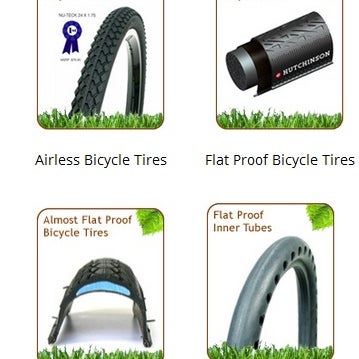
The mid-sized tank is a reasonable investment. Getting the 300 cu/ft size will cost about $400, so can opt for a small-sized one like a 125 cu/ft on Amazon. You’ll pay about $40 to refill 300 cu/ft if you run out of nitrogen.
If you do the calculations, your 300 cubic feet of nitrogen cylinder can refill your car tires about 15 times. You will end up saving lots of money since most nitrogen refills cost between $3 and $10 per tire ($12 – $40 for all tires).
Tire inflators let you regulate how much air fills your tires. It connects from the nitrogen tank to the tire valve.
Connecting your digital tire inflator or gauge is a matter of plugging and screwing. You can use Teflon tape for an air-tight connection to the gas cylinder.
Some inflator packs come with standard valve caps, which you won’t use (use the nitrogen valve caps instead).
You don’t want all your effort in setting up a nitrogen filling system to go to waste.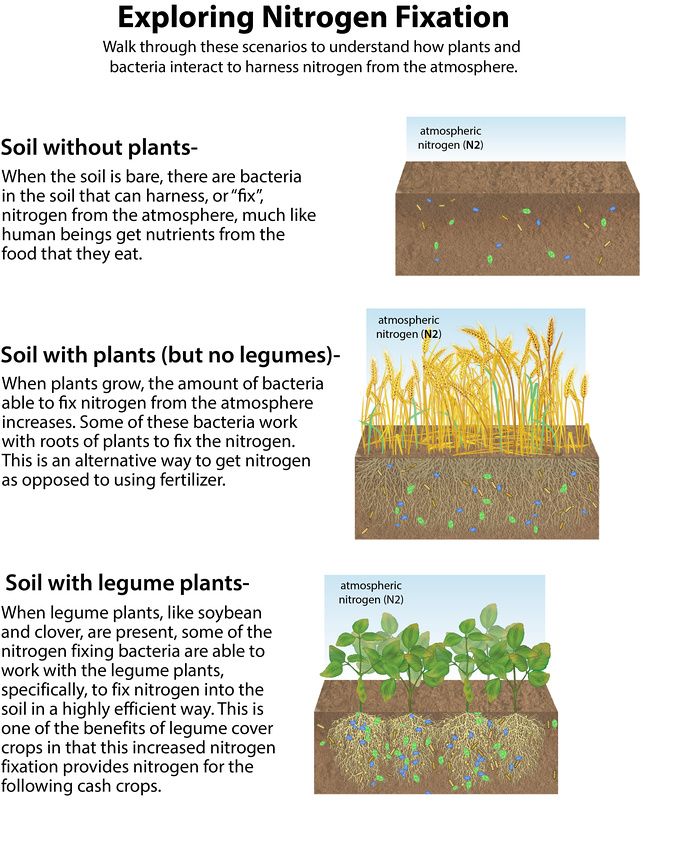 Get a portable nitrogen analyzer to check the nitrogen percentage in your tires after each refill.
Get a portable nitrogen analyzer to check the nitrogen percentage in your tires after each refill.
Besides the cylinder, an N analyzer is the other expensive part of your DIY nitrogen filling station.
After your tires are rocking at least 96 percent nitrogen, you want people to know you’ve gone green.
Have you ever seen those green tire valve stem caps labeled N2? Those are the ones you need to seal your tires.
As a car owner who loves DIYing, a lift jack is part of my toolset. If do not have one, it will another addition to the things you need during your tire filling procedure. I recommend getting a heavy triple lift jack (check the exact price on Amazon).
With the breakdown of all the things you need to fill your tires at home with nitrogen, we can estimate how much you will spend.
| Part | Estimate cost |
| Nitrogen cylinder (300 cu/ft) | $400 |
| Digital tire inflator | $28 |
| Portable nitrogen analyzer | $396 |
| Nitrogen valve caps | $8 |
| Lift jack | $250 |
| Initial cylinder gas fill | $40 |
| Total | $1,122 |
| Total (without jack and analyzer) | $476 |
Here’s an interesting comparison table.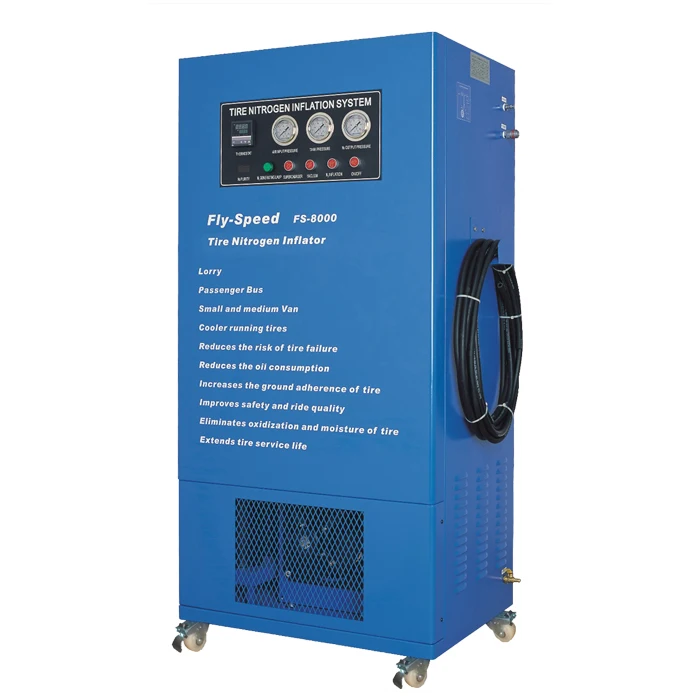
| Long term costs | ||
| Filling at home cost | Filling at gas center cost | |
| First 15 tire fillings | $0 | $300 |
| Next 15-30 tire fillings | $2.67 | $300 |
| Next 30-45 tire fillings | $2.67 | $300 |
| Next 45-60 tire fillings | $2.67 | $300 |
Let’s break down the second table. We’re working with a 300 cubic feet cylinder that can roughly fill 60 tires. It means you can fill all the four tires of your car 15 times before buying another supply of nitrogen for your cylinder.
As mentioned, filling your tires at a gas center costs anywhere between $3 and $10. Let’s use $5 per tire fill, which means you’ll spend $20 for all your tires.
The purpose of filling your tires with N gas is to enjoy the benefits it offers. We’ll discuss the benefits later in this post, but first here are the correct steps you need to follow.
We’ll discuss the benefits later in this post, but first here are the correct steps you need to follow.
Can I put nitrogen in my tires myself? Where can I fill my tires with nitrogen? These are some of the questions I saw people asking online during my research.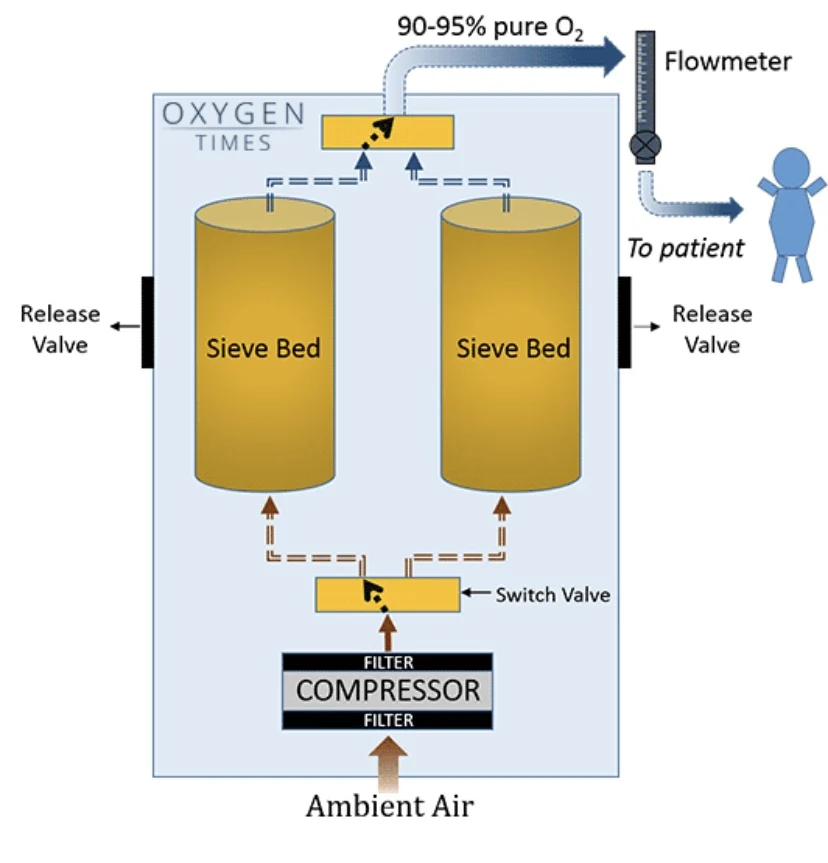
If you follow the steps I have listed above you can clearly fill your tires yourself, and do it at home.
Plug the nozzle of your N analyzer onto the tire valve. As air escapes from inside the tire, the analyzer will display the percentage of N.
Tires filled with nitrogen will generally show a percentage higher than 92.
You won’t have to worry much about your tires losing pressure if you go the ‘green way’. However, you can still use the digital tire inflator to check the tire pressure when it’s cold, before driving, or after 3 hours of driving. When using the inflator to check your tire psi, do not connect it to the cylinder.
Compare the psi you’ve measured with what the car manufacturer recommends. You can find those details on the doorjamb sticker usually found on the driver’s side. Both readings should be roughly the same. The inflator has a deflation button in case of excess pressure.
Yes, a drop in temperature affects tires filled with nitrogen. During the cold season, a 10-degree Fahrenheit drop will cause a two percent pressure loss in N-filled tires.
During the cold season, a 10-degree Fahrenheit drop will cause a two percent pressure loss in N-filled tires.
The solution for this issue is to fill your tires 10 percent higher than the manufacturer recommended psi. However, do not go beyond the tire’s recommended psi. It might blow up.
By nature, compressed nitrogen is more homogenous and has large molecules. Its large molecules minimize tire leak-outs. However, there are other benefits of using N to fill your car tires.
N does not heat up as quickly as compressed air does. Because of that, your tire temperature will remain consistent hence minimizing the chances of tire blowouts associated with overheated tires.
A tire operating temperature plays a part in how it wears out. If you opt for nitrogen, your temperatures will remain almost constant even after long drives hence causing minimal wear and tire associated with heated tires.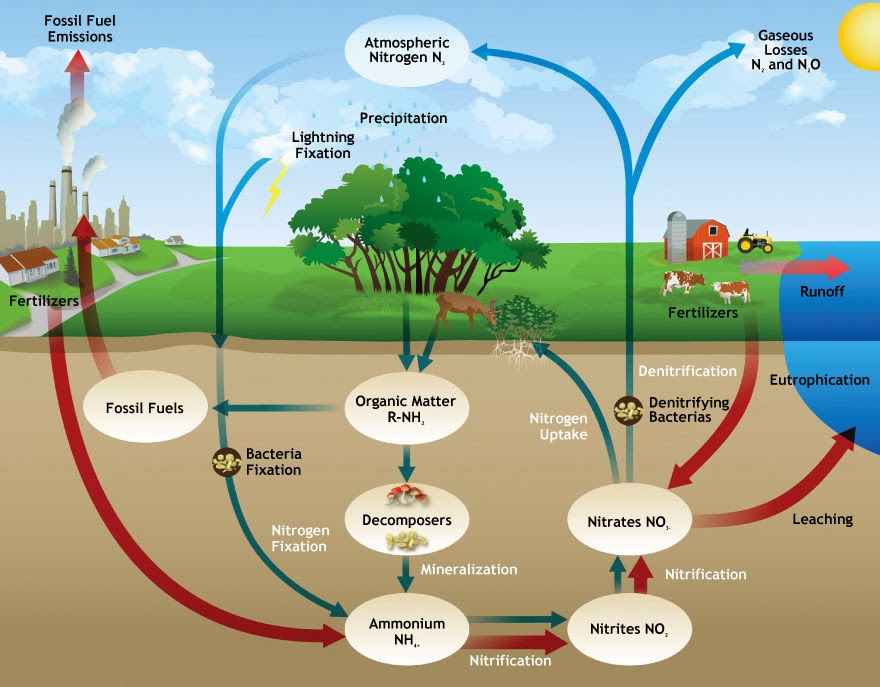
You’re guaranteed consistent tire pressure for the most part of using your car. Nitrogen maintains its temperature in a hot environment hence your tires won’t have an increased pressure like in air-filled tires.
Nitrogen particles are large compared to normal air so pressure loss will be slow even in cold weather.
N is inert and dry. It is way less reactive compared to normal compressed air that can react with moisture and cause rust on the metal rim.
Nitrogen is considered a green alternative since tire pressure is constant and consistently at the right level. I turn, your car tires will run smoothly with less rolling resistance hence fuel-efficient and save on fuel expenses.
Because N can lengthen the life of your tires there will be no need to replace them often hence help in slashing your tire maintenance costs.
Besides the advantages I have listed, vehicles that operate in hazardous areas like mines should use nitrogen in their tires to reduce fire risk since it is an inert gas.
Also, you can consider using nitrogen instead of normal air tire filling because of the following reasons.
Ditching compressed air tire filling comes at a cost.
For instance, here is a valid question.
You’ll need to think about the cost. The standard cost to fill a tire can vary from $3 to $10 per tire. The price depends on variables like tire size and pressure.
On the other hand, standard air is mostly free or $1 at many gas centers. Some dealerships, tire centers, and service stations offer free refills on-site if you buy their tires or a car from them.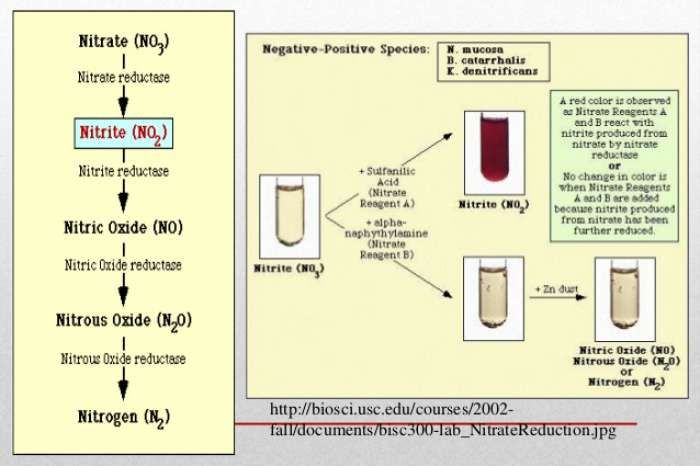
Nitrogen can be challenging to find since it’s less popular as a tire refill gas and you’re more likely to find it in select service stations.
Some tire manufacturers have policies regarding filling up their tires with nitrogen. Not all tire brands appreciate nitrogen use and may not cover it in their warranties.
I advise that you check with the tire manufacturer to see if a particular tire model you have will still be covered by their guarantee or not.
Filling your tires with nitrogen at home is simple. The huddle you’ll have to cross is the initial investment cost of buying the cylinder, digital tire inflator, nitrogen analyzer (you don’t have to buy it), and the valve caps. In the long run, you’ll save money while enjoying better performing tires than when using normal compressed air in your tires.
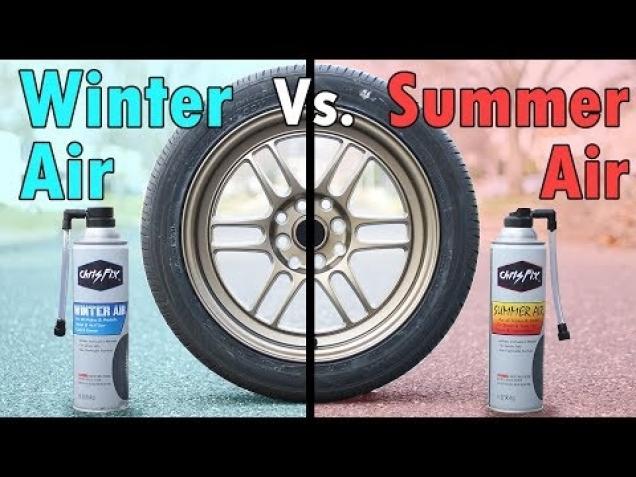
The benefits of using nitrogen to inflate (refill) wheels and tires are as follows:
In addition, it is important to elaborate on the advantages that filling a tire with nitrogen will give you compared to filling a wheel with air.
Advantages of filling a tire with nitrogen compared to filling a wheel with air:
All these factors contribute not only to improving the performance of the tire, but also ensures the safety of the car on any road.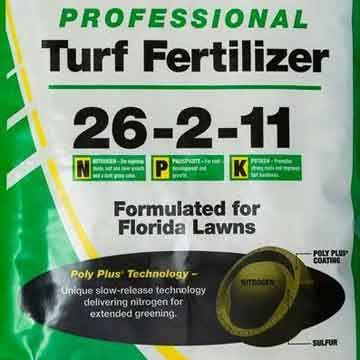
As a result, each car owner must clearly understand for himself that inflation (filling) of a tire with nitrogen has a number of advantages that not only help prolong the tire's performance, but also ensure comfort and safety on the road.
In summary, let's once again name the main advantages of pumping (filling) wheels with nitrogen:
class="w1000">
In our branch on the street. Sorge, d. 7A there is a cafe. In it, you can comfortably spend time watching the work on your car on the monitors, as well as using high-speed free WI-FI.
Mobile tire service
Professional tire service
Side cut and bulge repair
Glass repair
Removing bolts/secrets
We accept for payment:
UNIFIED INFORMATION:
+7 (495) 799-02-20
24/7
ProfShinService
group of companies
Please introduce yourself
or
Select branch
Anokhina Zorge Rusakovskaya International Malygina Question to the DirectorYour question
x
Login or register
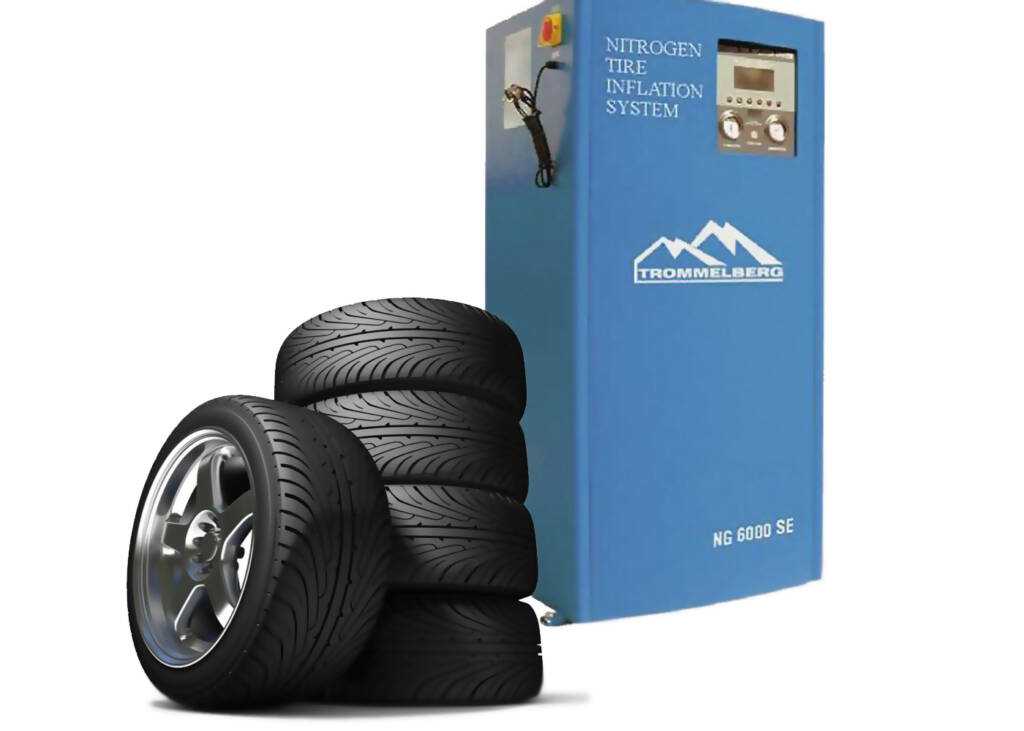
Professional tire fitting, computer balancing, tire and tube repair, rim painting repair,
AVK Tire Service in Moscow Novy Arbat St.
AVK Tire Service in Moscow 32 Novy Arbat St.
AVK tire service in Moscow
AVK tire service in Moscow
AVK tire service 32 Novy Arbat st. Arbat 32
Tire service AVK in Moscow
Professional tire service AVK in Kashira
and regular maintenance to obtain clean nitrogen, but given the high cost of filters and consumables, not everyone performs this maintenance, which leads to a decrease in gas quality.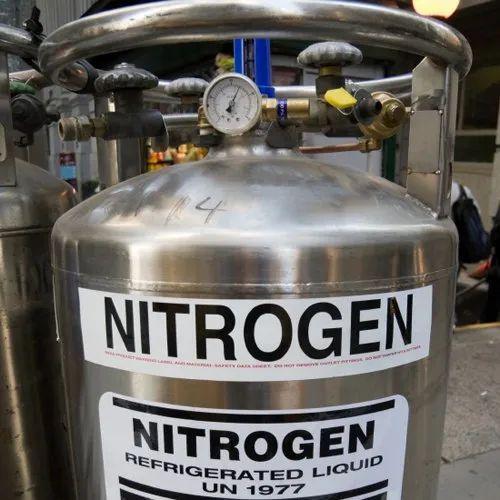 We value our reputation and try to use only high-quality materials in everything, so we decided to supply nitrogen to our tire centers in cylinders.
We value our reputation and try to use only high-quality materials in everything, so we decided to supply nitrogen to our tire centers in cylinders.
The main advantages of nitrogen over air are:
You can read about the importance of monitoring and maintaining the required tire pressure here.
In this section you can get acquainted with the cost of filling tires with nitrogen.
In our tire shops it is possible to fill tires with DRIVE-MG gas mixture, which is superior to nitrogen, as it contributes to a more comfortable ride over uneven road surfaces.
Tire vacuum for 9 NITROGEN or DRIVE-MG 3 gas mixture 1 902: : 9020 002
Promotions and news
Auto-moto tire service "AVK" was opened in Stupino, st.